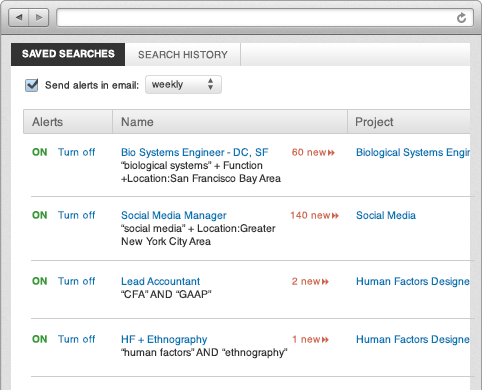


I achieved 41.3% response rate and 36.1% acceptance rate with 994 InMails in a month and a half which is 22 times the number of InMails for Recruiter Lite, while spending only $119.95/month for my subscription. I’ve cracked the code.įor the past couple of months, I have been recruiting top talent from Google, Apple, Cisco, Yahoo, LinkedIn, and successfully generating interest and applications for placements in early ventures. So the answer must be in the recruiting, not the brand. With simple hacks, I had a 40% conversion for engineers currently working at Google and similar big-name companies to apply for jobs with sometimes unknown startups. Why? Do Google recruiters have secret methodology or technology that gives them an unfair advantage? Is the Google brand so attractive in the minds of premier engineers? That seems to be an anomaly compared to the norm” (OnGiG). By contrast, colleagues from big-name companies like Google have said that they fetch a response rate of 70% using InMail. “The majority of my industry contacts tell me that their response rate is between 10-20%. Jason Webster, the current Head of Strategic Accounts Program at Glassdoor and Ex-Co-Founder of Ongig said: It takes way too much time to reach the right candidate, and the response rate from people is very low, a lot lower than it used to be. There are, however, two essential problems with recruiting on LinkedIn. LinkedIn is a professional network where people connect, exchange ideas and expertise, manage relationships, and look for jobs. Optimize your search criteria when recruiting on LinkedIn. Send your LinkedIn recruiting messages on a weekday. When recruiting on LinkedIn, reach out to your followers first, because they’re most likely to respond to you. To satisfy hiring teams, talent acquisition professionals must find better and more creative ways to reach premier talent and generate their interest for the right opportunity.Ĭan LinkedIn be an excellent recruiting channel to connect the right people with the right roles? Today, only pockets of the tech industry still enjoy significant growth and hiring volumes, for example, autonomous vehicles, augmented and virtual reality, artificial intelligence, and deep learning. Back then almost every company needed to fill tens, sometimes hundreds of positions. The environment of hiring and talent acquisition had changed from two years ago when Sahat got the gig on Yahoo. I empathize with Sahat and others out there who are struggling to get offers.

Recruiting and job seeking have become significantly more challenging as offers are given out only to candidates who meet all requirements without fail. Sahat Yalkabov, a software engineer at Yahoo, was rejected multiple times and describes this trend in his post “F*** You, I Quit - Hiring Is Broken.”


 0 kommentar(er)
0 kommentar(er)
